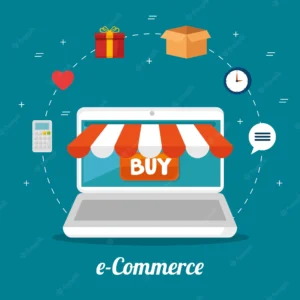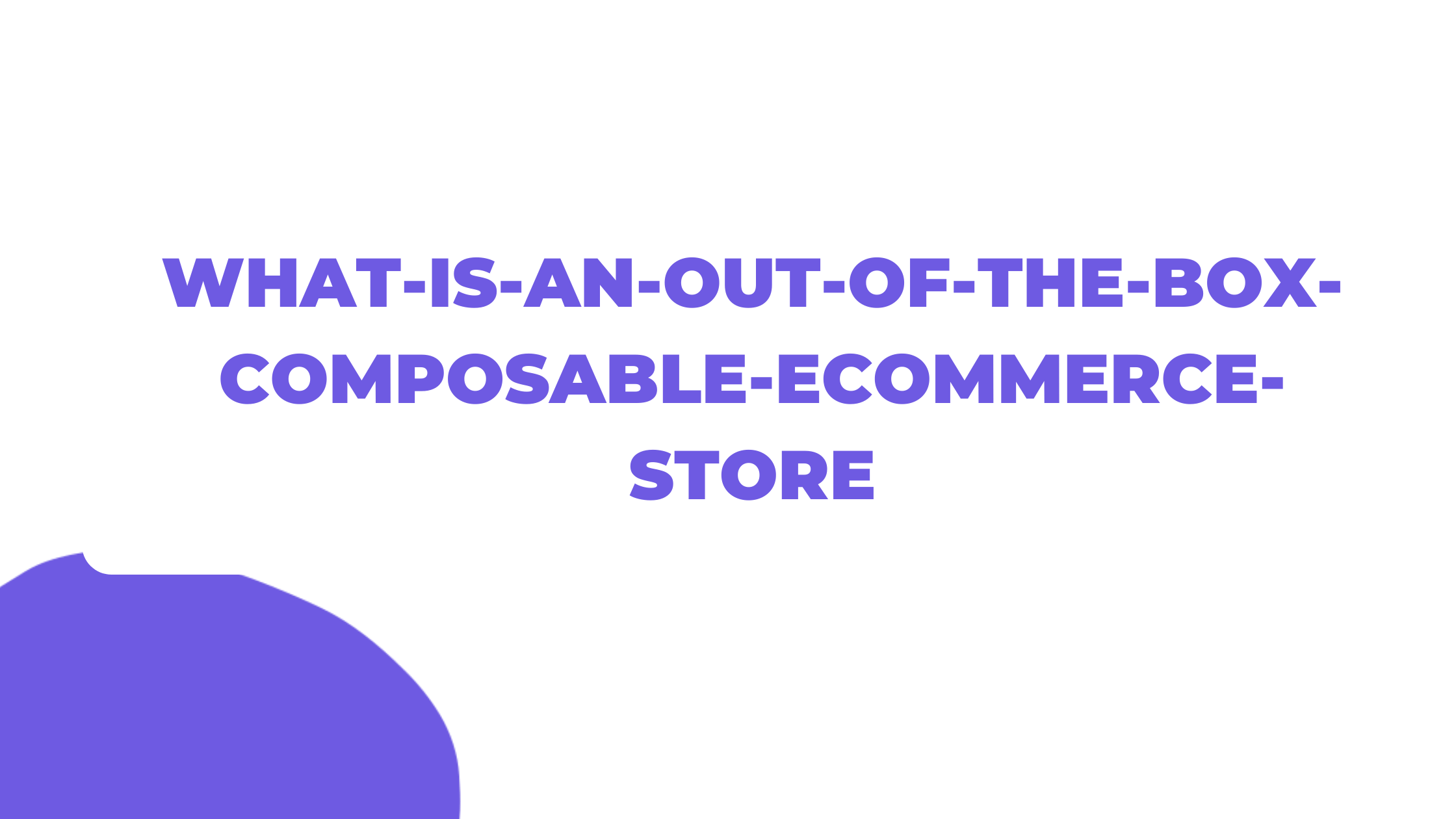There’s a lot of talk these days about headless eCommerce, but what exactly is it? In a nutshell, a headless, or composable, eCommerce store decouples the front-end experience from the back-end systems. This means the store can be used with various front-end technologies, making it much more flexible and scalable.
One of the most significant benefits of a composable eCommerce store is that it can be easily integrated into existing websites or applications. This makes it ideal for businesses that want to add eCommerce functionality to their existing website or app without rebuilding everything from scratch.
Another significant benefit of headless eCommerce is that it allows for much more design and user experience flexibility. With a traditional eCommerce platform, you’re limited to the design and functionality that comes with that platform. But with a headless eCommerce store, you can completely customize the look and feel of your store to match your brand and meet your customers’ needs.
A headless eCommerce store is worth considering if you’re looking for a more flexible and scalable eCommerce solution.

Contents
What is a Ready-Code eCommerce Store?
A ready-code eCommerce store is a pre-built online store that you can purchase, download, and install on your web server. This type of eCommerce solution is typically much less expensive than hiring a professional to build a custom eCommerce store from scratch.
However, it is essential to note that ready-code eCommerce stores will often require technical knowledge and expertise to be installed and set up correctly. Once installed, these types of eCommerce stores can be customized to some degree to match your specific business needs and branding requirements.
Overall, ready-code eCommerce stores can be an excellent option for businesses on a budget that still want to have a professional and fully functioning online store.
Can You Customize a Ready-Code eCommerce Store?
The answer is yes; you can customize a ready-code eCommerce store to fit your specific business needs. A team of experienced developers can help you tailor the store to your exact specifications. You can add or remove features, change the layout, and even integrate third-party applications to extend the functionality of your store.
No matter your business needs, a solid dev team can help you customize a ready-code eCommerce store to fit those needs.
What are Headless eCommerce Stores?
Headless ecommerce stores are those that have decoupled their front-end from their back-end. This means that the store’s backend can run on any platform, while the frontend can be built using any technology.
The benefits of a headless ecommerce store include greater flexibility, improved performance, and better scalability. Additionally, because the front-end and back-end are not tied together, it’s easier to make changes to the store without affecting the other parts of the system.
Who Provides Out-of-the-Box Headless Commerce Stores?
There are quite a few companies that provide out-of-the-box headless commerce stores, including:
- BigCommerce: BigCommerce provides a complete SaaS ecommerce platform that includes a headless commerce option.
- Shopify: Shopify also provides a complete SaaS ecommerce platform with a headless commerce option.
- Magento: Magento is an open-source ecommerce platform that offers a headless commerce option via its Commerce Cloud product.
- commercetools: commercetools is a cloud-based, headless commerce platform built on microservices architecture.
- Elastic Path: Elastic Path’s Cortex Commerce solution is a headless commerce platform that can be deployed on-premise or in the cloud.
- Spryker: Spryker’s Cloud Commerce OS is a headless commerce solution that can be deployed on-premise or in the cloud.
- Vue Storefront: Vue Storefront is an open source, headless commerce PWA that can be deployed on-premise or in the cloud.
- Shopware: Shopware is an open-source ecommerce platform that offers a headless commerce option via its Shopware Cloud product.
- Elastic Path: Elastic Path’s Cortex Commerce solution is a headless commerce platform that can be deployed on-premise or in the cloud.
Each platform has its own strengths and weaknesses, so be sure to research before choosing one for your business.
10 Examples of Headless Ecommerce Stores?
Amazon: Amazon is the world’s largest online retailer and one of the first companies to embrace a headless ecommerce strategy. By decoupling their website from their back-end systems, they’ve created a scalable, flexible, and high-performing platform that can meet the needs of their millions of customers.
eBay: eBay is another ecommerce giant that has embraced a headless approach. By decoupling their front-end and back-end systems, they’ve created a more responsive and faster platform that can better meet the needs of their users.
Walmart: Walmart is the world’s largest brick-and-mortar retailer and one of the first to adopt a headless ecommerce strategy. By decoupling their online store from their back-end systems, they’ve created a more responsive and scalable platform that can better meet the needs of their customers.
Target: Target is another brick-and-mortar retailer that has adopted a headless ecommerce strategy. By decoupling their website from their back-end systems, they’ve created a more responsive and faster platform that can better meet the needs of their customers.
Best Buy: Best Buy is a leading electronics retailer that has also embraced a headless ecommerce strategy. By decoupling their front-end and back-end systems, they’ve created a more responsive and faster platform that can better meet the needs of their customers.
Nordstrom: Nordstrom is a leading fashion retailer that has adopted a headless ecommerce strategy. By decoupling their website from their back-end systems, they’ve created a more responsive and faster platform that can better meet the needs of their customers.
Macy’s: Macy’s is another leading fashion retailer with a headless ecommerce strategy. By decoupling their front-end and back-end systems, they’ve created a more responsive and faster platform that can better meet the needs of their customers.
Ikea: Ikea is a leading home furnishings retailer that has also embraced a headless ecommerce strategy. By decoupling their front-end and back-end systems, they’ve created a more responsive and faster platform that can better meet the needs of their customers.
Wayfair: Wayfair is a leading online home furnishings and decor retailer that has adopted a headless ecommerce strategy. By decoupling their website from their back-end systems, they’ve created a more responsive and faster platform that can better meet the needs of their customers.
Alibaba: Alibaba is a leading Chinese ecommerce company that has also embraced a headless ecommerce strategy. By decoupling their front-end and back-end systems, they’ve created a more responsive and faster platform that can better meet the needs of their customers.







